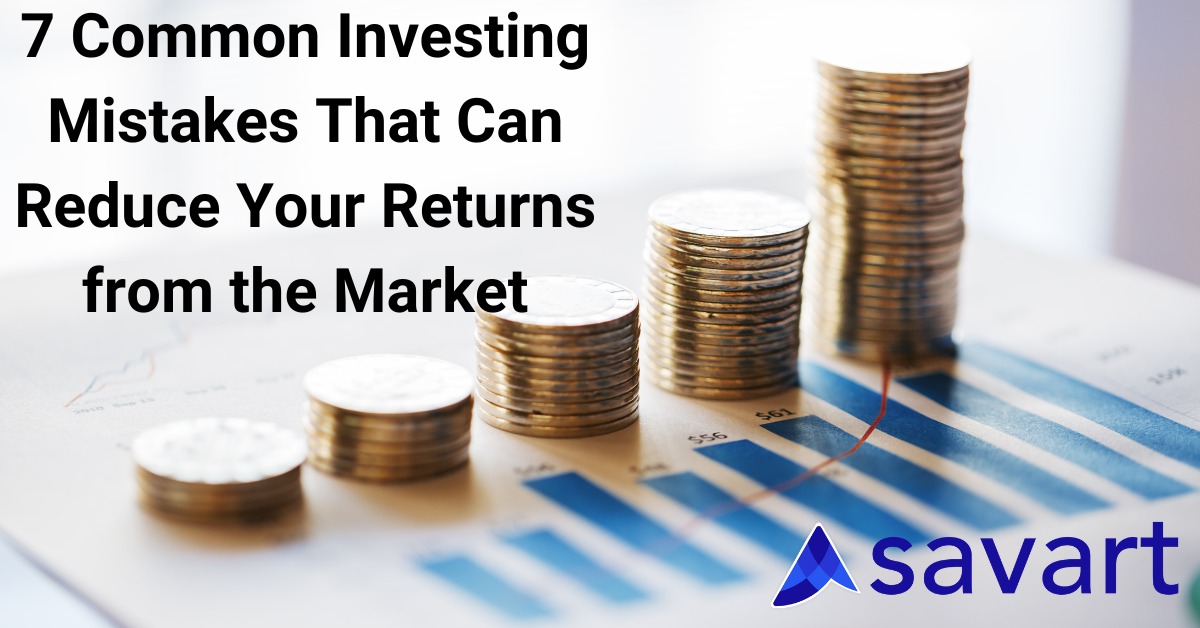Difference between ROCE AND ROIC
Return On Capital Employed (ROCE)
ROCE is a financial metric that measures a company’s profitability and the efficiency with which its capital is employed.
ROCE = Net/ Capital Employed
The Earnings before interest and tax (EBIT) is also known as operating income. EBIT tells us how much a company earns from its operations alone without regard to interest or taxes. Capital employed is the sum of shareholders’ equity and debt liabilities. Also, it can be simplified as total assets minus current liabilities. Capital employed is basically the net assets invested in your business. It is useful in evaluating the overall performance of the business. It also provides a target return for individual projects within the particular business. It varies from one industry to another and it also benchmarks performance with competitors.
Instead of using capital employed analysts and investors often calculate ROCE based on the average capital employed, which takes the average of opening and closing capital employed for the time period.
For the company’s good ROCE should be higher that the company’s capital cost otherwise it would mean that the company is not performing good as it is not employing its capital effectively. Investors tend to favor companies with higher & stable ROCE over companies with low, unstable and fluctuating ROCE.
Return On Invested Capital (ROIC)
The return on invested capital (ROIC) is a calculation used to check a company’s efficiency in using the invested capital. It tells us that the company is allocating the capital under its control to profitable investments. It gives a sense of how well a company is using its money to generate returns thereby giving an accurate picture of a company’s performance. A company is said to be performing well if its ROIC is high.
The formula to calculate ROIC is
ROIC = NET INCOME – TAXES/ INVESTED CAPITAL
The net income minus the taxes is also termed as the net operating profit after tax (NOPAT) and invested capital is total amount of long term debt along with the capital lease obligations. And the last part after that is to subtract the company’s cash in hand.
The only drawback to ROIC is that does not specify which investments are actually generating the results thereby causing ambiguity. It is an accounting measurement and hence the global currency fluctuation and inflation rates impact the amount shown in the ROIC. Calculation of ROIC may look tricky but it is worth the effort in calculating the company’s efficiency at putting capital to work.
A company must constantly strive to improve the ROIC & ROCE and at least maintain rate of return above the average FD rate in the market.
-

Individual investors engage in stock market activity for a variety of reasons, e.g., long-term gains, short-term gratification, experiencing daily highs/lows, learning, applying intellectual strategies, etc. Their approaches to achieving these objectives can be broadly classified as active or passive in terms of the time spent analyzing the markets and their frequency of transactions. Let’s understand […]
-

7 Common Investing Mistakes That Can Reduce Your Returns from the Market Investing is an exciting experience. But it can also overwhelm people, especially those who are starting afresh. By their very nature, stock markets go up and down – disciplined investors understand this, and develop strategies to reduce their risks during market lows (as […]

